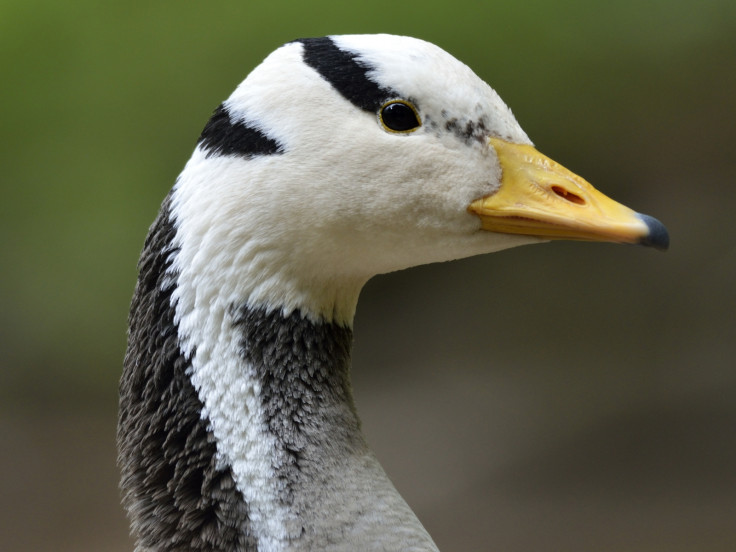Geese use Himalayas as world's biggest rollercoaster to migrate

Geese use the Himalayas and Tibetan Plateau as a giant rollercoaster during their migrations between Mongolia and India, scientists have discovered.
Researchers from Bangor University attached custom-designed data loggers to monitor the geese during their migration from their breeding grounds in Mongolia to south-eastern Tibet or India.
The loggers recorded information such as pressure-derived altitude, body accelerations and heart rate of geese.
Previous research by the same team had shown how fast the species made the migration – crossing the Himalayas in a single day – and when they made the journey – mostly at night.
However, the study did not show how high they flew or how much energy they used up making the epic journey.
It was assumed that geese would fly at extremely high altitudes. They are capable of soaring at heights of upwards of 7,000m. Researchers thought they were using tailwinds to maintain such height but this was not the case.
Instead, they were shown to perform a rollercoaster ride through the mountains, tracking the terrain even though it took far longer.
Why would they do this? It emerged that using this method of flight, the birds used far less energy – their heart rates were working at about 328 beats per minute – equivalent to about 120 beats per minutes in humans. Among athletic individuals, this amounts to a jogging pace.

Discussing their journey, study author Charles Bishop told IBTimes UK the pressure sensors provided them with an idea of "just how extreme the rollercoaster was".
He said: "They are flying across the highest mountain range in the world. They are taking the most economical routes instead of the fastest and hardest, that shouldn't be a surprise to us I guess. Economy seems to be the most important thing. It's also much safer to fly low."
The geese do not complete the journey all in one go. They make three or four long flights then stop off for a week.
Initially, they attached about 30 sensors to the birds. Of these, they got a third back. Seven provided information, five of which were useful. To retrieve them, they had to catch the individual birds. "It's not that easy," Bishop said.
The data showed an even horizontal flapping flight was fairly expensive at high altitudes in terms of energy efficiency. Using the rollercoaster strategy, the geese took advantage of occasional uplift from wind deflecting off the ground, as well as the higher-density air.
Bishop added: "The birds are able to do this journey well within their maximum capabilities."
© Copyright IBTimes 2024. All rights reserved.









